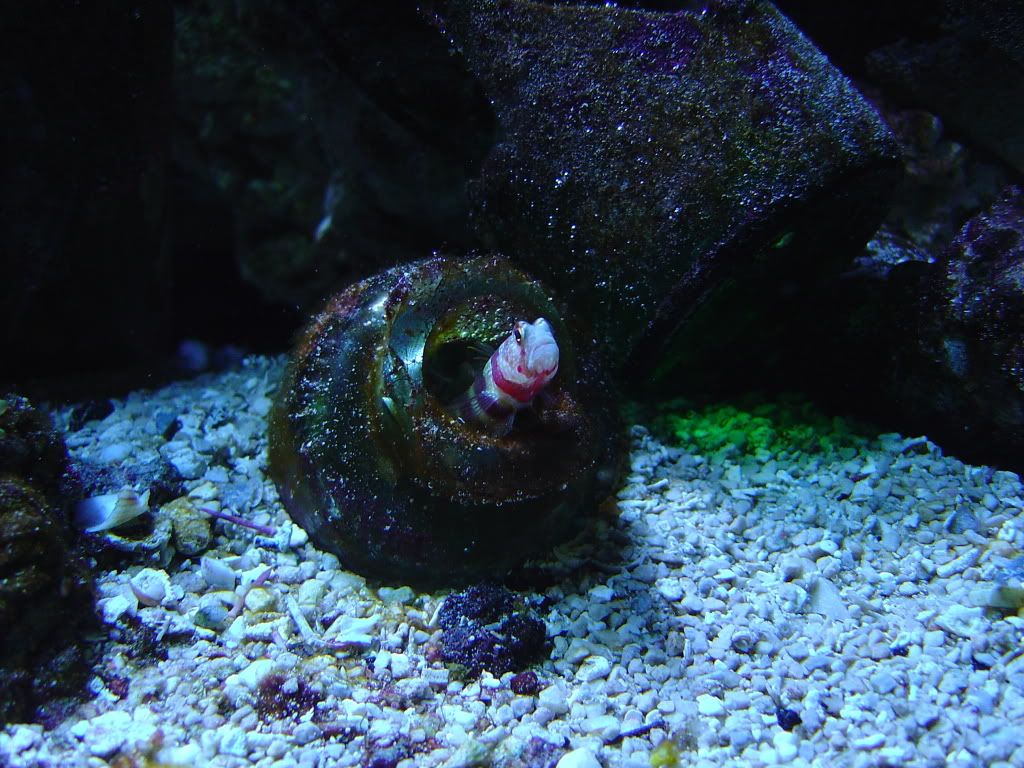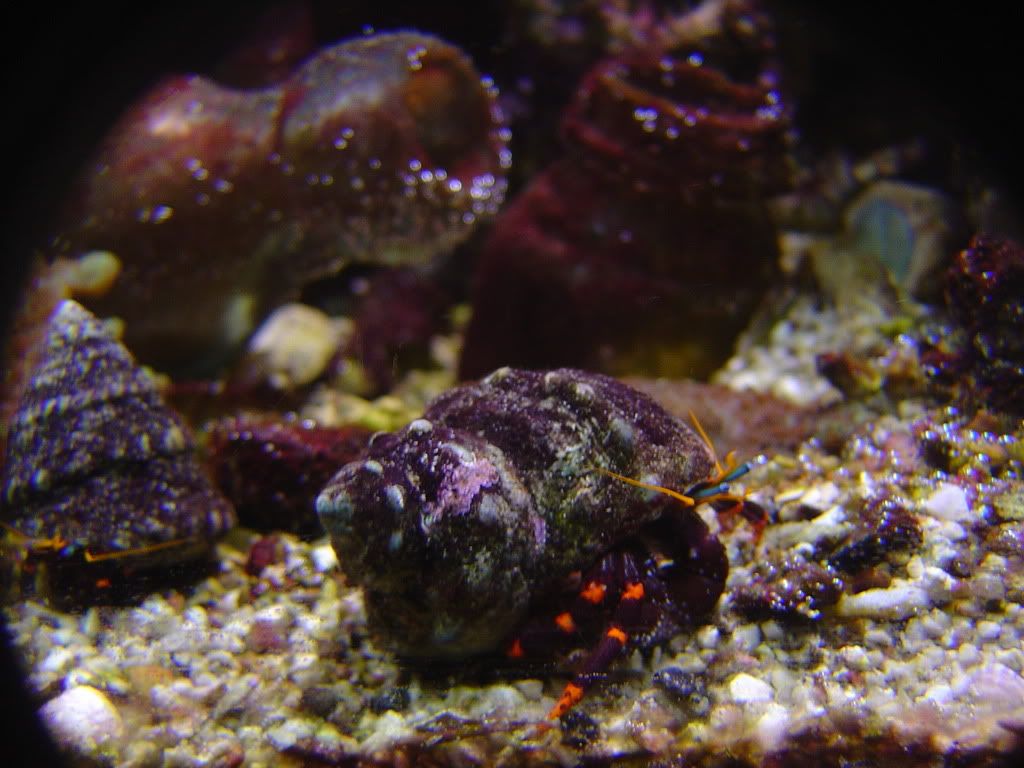Pedro Nuno Ferreira
Liquid Breathing
- Location
- Portugal - Vila Nova de Gaia
Hi Paul
Very interesting test readings
What exacltly are these filters, can you please describe them. Thank you
Concerning this
Do you use large amounts of activated carbon? If yes, then that could be the reason or one of the reasons as activated carbon is particularly efficient in adsorbing Iodine
Cheers Paul
Pedro Nuno ;-)
Very interesting test readings
Paul B said:I now have filters designed specifically designed to remove lead and zinc so it should not be a problem again but regular ro/di does not remove enough of these elements if the initial supply is very high.
What exacltly are these filters, can you please describe them. Thank you
Concerning this
Paul B said:my iodine is zero which surprised me being that I dose Lugols Iodine
Do you use large amounts of activated carbon? If yes, then that could be the reason or one of the reasons as activated carbon is particularly efficient in adsorbing Iodine
Iodine Number
Many carbons preferentially adsorb small molecules. Iodine number is the most fundamental parameter used to characterize activated carbon performance. It is a measure of activity level (higher number indicates higher degree of activation), often reported in mg/g (typical range 500-1200 mg/g). It is a measure of the micropore content of the activated carbon (0 to 20 ?, or up to 2 nm) by adsorption of iodine from solution. It is equivalent to surface area of activated carbon between 900 m?/g and 1100 m?/g. It is the standard measure for liquid phase applications.
Iodine number is defined as the milligrams of iodine adsorbed by one gram of carbon when the iodine concentration in the residual filtrate is 0.02 normal. Basically, iodine number is a measure of the iodine adsorbed in the pores and, as such, is an indication of the pore volume available in the activated carbon of interest. Typically, water treatment carbons have iodine numbers ranging from 600 to 1100. Frequently, this parameter is used to determine the degree of exhaustion of a carbon in use. However, this practice should be viewed with caution as chemical interactions with the adsorbate may affect the iodine uptake giving false results. Thus, the use of iodine number as a measure of the degree of exhaustion of a carbon bed can only be recommended if it has been shown to be free of chemical interactions with adsorbates and if an experimental correlation between iodine number and the degree of exhaustion has been determined for the particular application.
Cheers Paul
Pedro Nuno ;-)

















